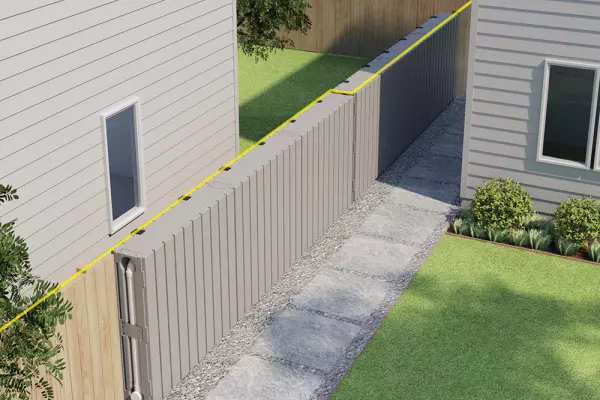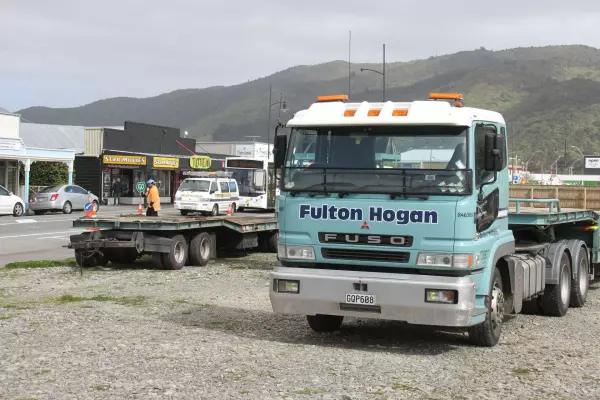Ports of Auckland (POAL) will clip an infrastructure levy onto containers to help it pay for $330 million worth of port upgrades, including its stalled automation project.
An initial levy of $20 per twenty-foot-equivalent unit (TEU) will be effective from Jan 1. That will double to $40 plus GST from July 1, 2022, once the troubled automation system boots up.
Last year the port, the country’s largest by imports, handled more than 818,000 TEU.
The new fee, which will apply only to international and domestic laden import and export containers, should generate about $7.5m for the remainder of the financial year.
That could rise to about $30m next year depending on traffic volumes. It will be charged directly to shipping lines.
In a note to freight forwarders, commercial general manager Craig Sain said the levy is being introduced to help recover the cost of delivering the infrastructure investments needed to handle increased ship sizes and exchange volumes.
The port’s upgrades include a 310-metre container berth, three new cranes, new reefer facilities, more truck capacity and two hectares of reclaimed land.
Sain said the higher levy from July will coincide with the port automation system being operational. That was originally scheduled to go live in March 2022 but has had some major glitches.
The port is also about to start deepening the shipping channel so it can take larger ships.
While most Australian ports charge levies to pay for their capital expenditure, Auckland becomes only the third in NZ to put such a fee onto its containers.
Napier Port charges an infrastructure levy of $52.50 per TEU, while Lyttelton Port charges shipping lines $34.50 per TEU.
Lyttelton also charges ‘R&D’ road and rail levies of $12.50 per container.
Automation delays
Freight Federation president Chris Edwards, said it is “poor timing” to add more costs onto importers and exporters.
That’s in light of five-fold increases in shipping costs as well as significant congestion at both Auckland and Port of Tauranga. That prompted congestion charges from major shipping lines including MSC and Maersk on containers transiting Auckland.
Edwards said delays to the automation project had contributed to the inability of POAL to reinstate fixed berthing windows.
“They have to accept much of the responsibility for our supply chain issues. The fact that Auckland wasn’t working properly disincentivised other shipping lines from servicing NZ routes.
“We’d hoped the project would be finished in February or March, but now it looks like they’re going to go right to the wire based on this announcement.”
The automation project, announced in late 2016, was originally expected to be completed by 2019, though as a "partial automation".
That’s coincided with a cycle of declining profitability and dividends under the tenure of chief executive Tony Gibson. Since 2016, the dividend payable from POAL to its shareholder has dipped from $54m to $18.6m by 2019, and to $4.9m in 2020. For the year to June, it declared a dividend of $3.7m from net profit of $45.6m, citing pandemic trading conditions.
At the same time, Gibson received a $1.79m settlement after stepping down at the end of June, after ongoing delays to the automation project and following a damning review of the port’s health and safety record.
Gibson is also facing health and safety charges in relation to the death of stevedore Pala'amo Kalati in August last year.















